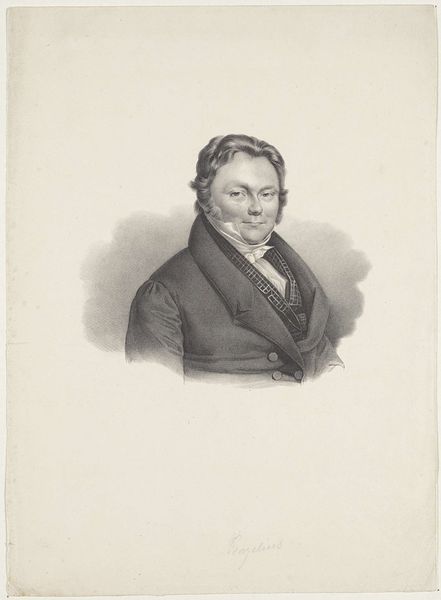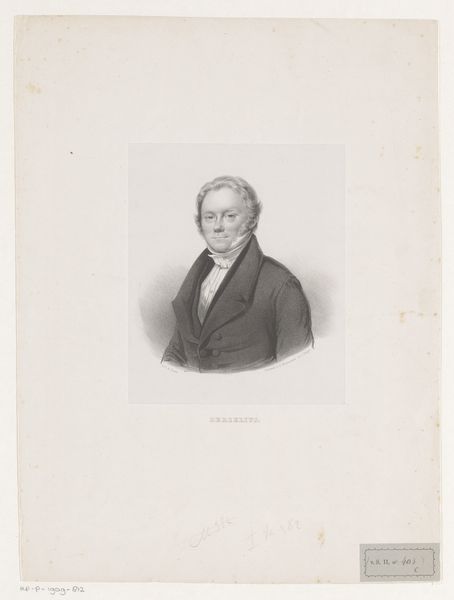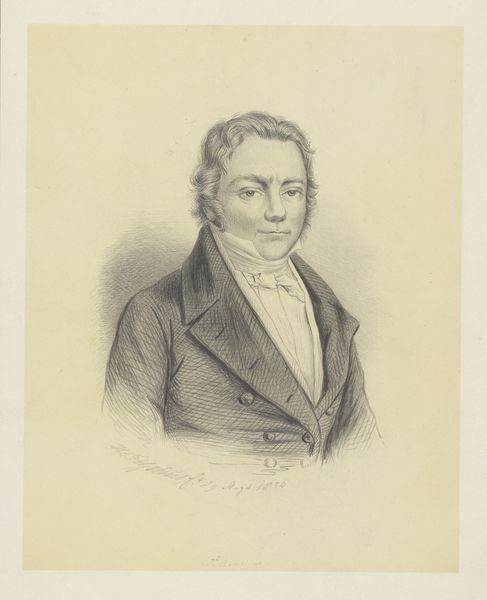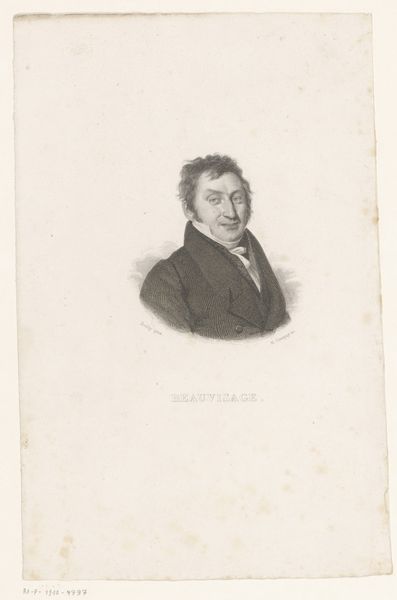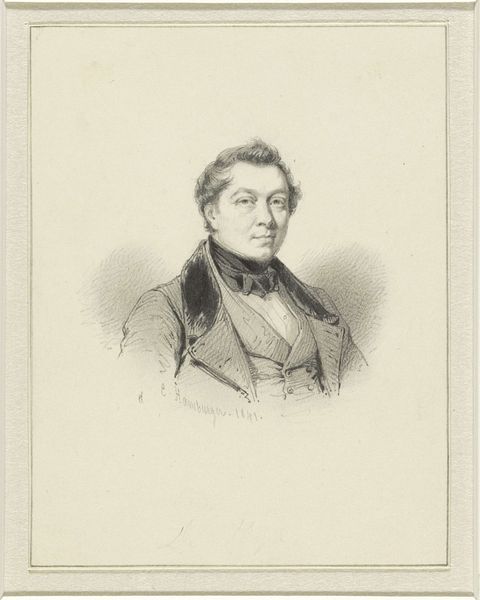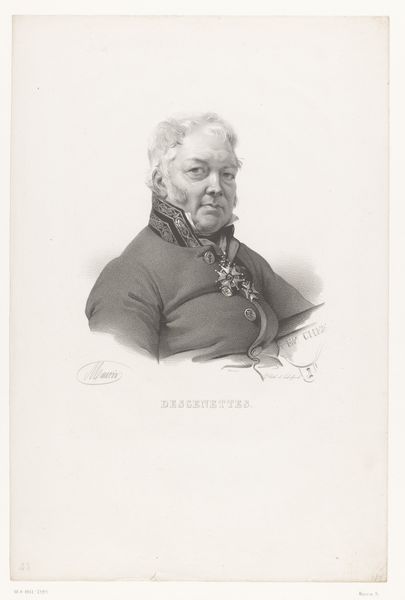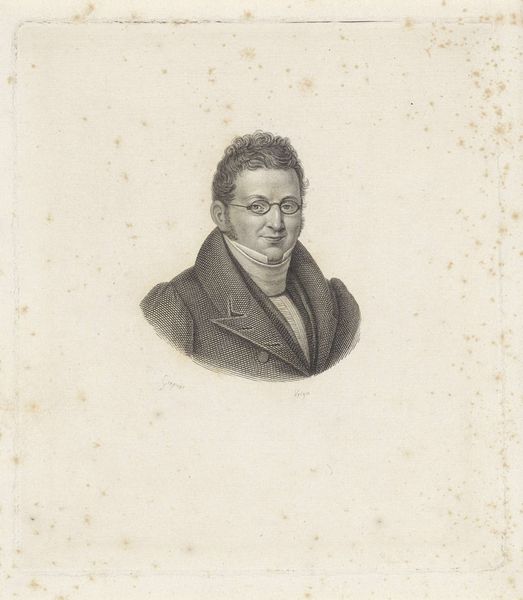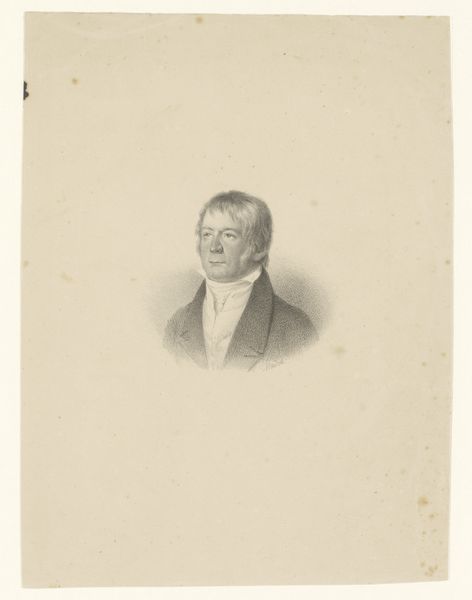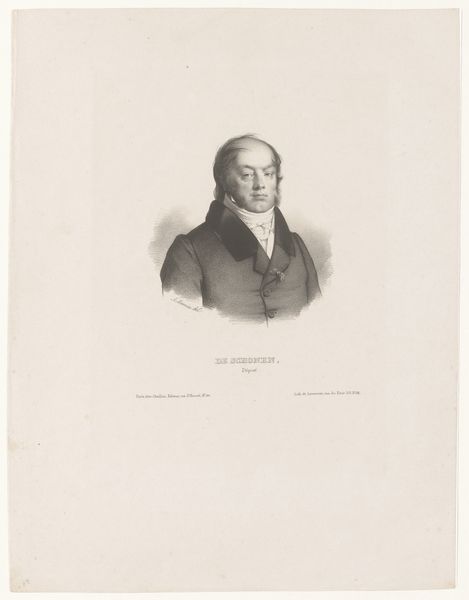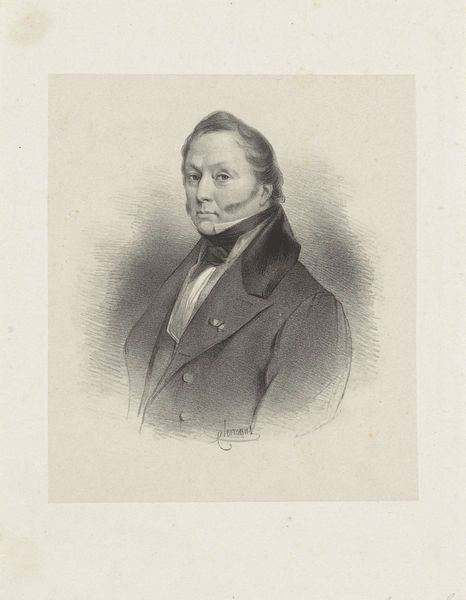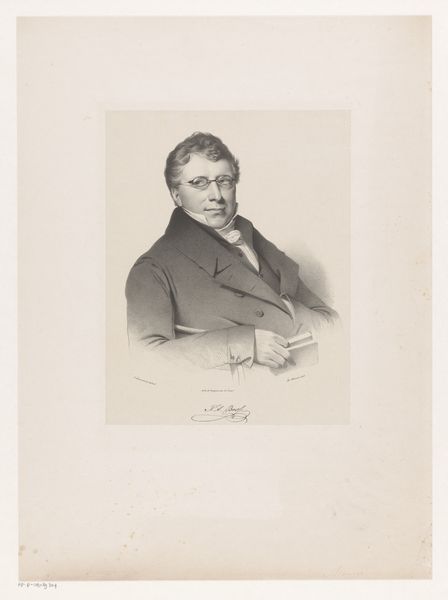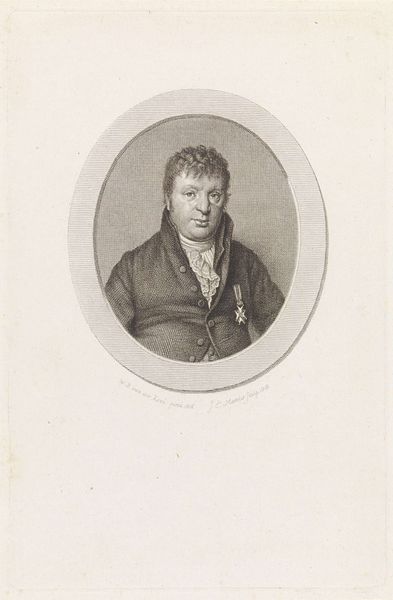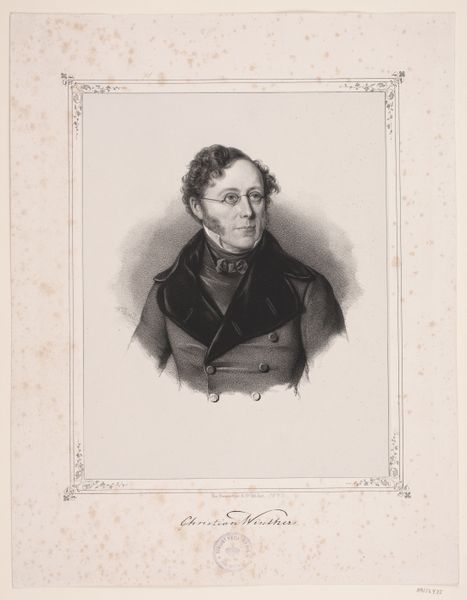
drawing, pencil
#
portrait
#
pencil drawn
#
drawing
#
pencil sketch
#
caricature
#
pencil drawing
#
romanticism
#
pencil
#
realism
Dimensions: height 425 mm, width 297 mm
Copyright: Rijks Museum: Open Domain
Editor: Here we have a portrait of Jöns Jacob Berzelius, a pencil drawing created in 1836. The texture from the shading is lovely and his stern face conveys that he was a person of importance. How would you interpret this work? Curator: Seeing this portrait, it’s important to think about the social and institutional context. Portraits like these were often commissioned by or for institutions - academies of science, for instance - to visually establish and celebrate intellectual authority. Consider, who was Berzelius, and what role did images play in constructing his public persona? Editor: I understand Berzelius was a chemist, so do you mean portraits such as these helped build up respect around the sciences at the time? Curator: Exactly. In the 19th century, science was still solidifying its place as a respected field. Portraits weren't just about likeness, but about conveying status and contributing to the ongoing visual construction of scientific legitimacy. Does his clothing suggest anything about the kind of man he was? Editor: He's dressed quite formally - suggesting respectability and perhaps even wealth? Curator: Precisely! And the fact that it's a drawing and not a painting—what implications might that have for its circulation and accessibility? Editor: That it was easier to reproduce and thus disseminate more widely among scientific circles? Curator: Good point! Images, in essence, functioned as tools in the theatre of scientific advancement and public image-making. This really puts the drawing in a new light for me. Editor: Thanks, it’s fascinating to consider portraits as tools that shape the public perception of not only the portrayed individual, but their field of study as a whole.
Comments
No comments
Be the first to comment and join the conversation on the ultimate creative platform.
